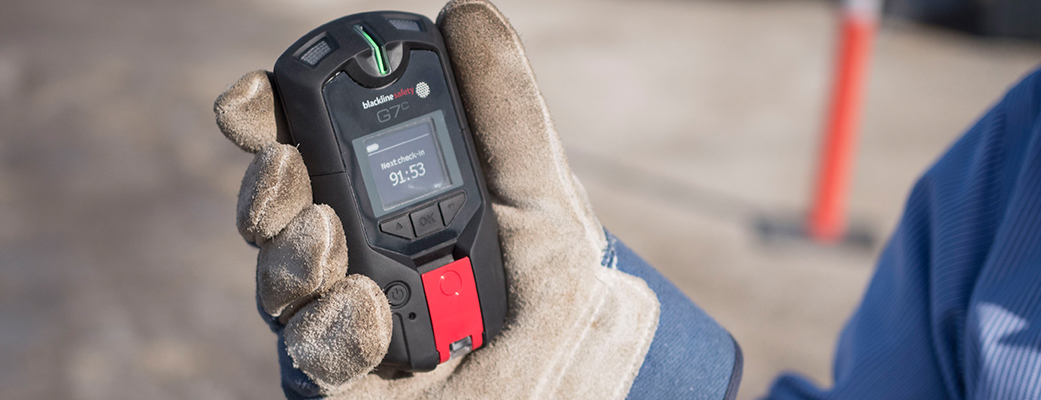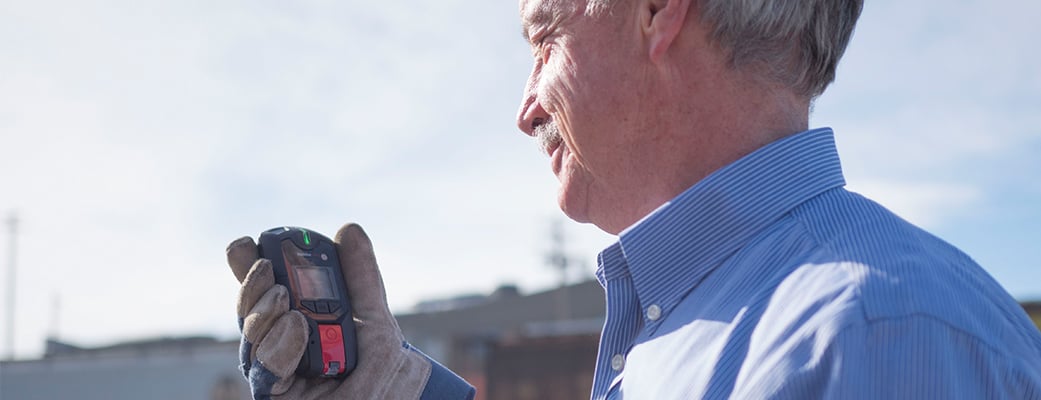Using G7 devices — specific absorption rate
March 16, 2018
G7 SAFETY MONITORING
Your employer has asked you to wear G7 safety monitoring technology to help ensure your wellbeing when working alone. G7 wearables automatically trigger a safety alert that empowers your monitoring team to manage an emergency response to your precise location.
G7 incorporates wireless communications and advanced positioning technology to report a safety alert and pin-point your location on a Google map. By incorporating a wireless radio, G7 devices transmit data periodically in a similar fashion to a smartphone or satellite phone.
RADIO SIGNALS
Use of mobile phones has caught the attention of consumers and the media alike due to concerns of possible heath implications of using technology that broadcasts radio signals close to a user’s body. G7 is tested to ensure compliance to regulations regarding the radio signals they communicate, while also ensuring that there is no interference with other electronic equipment.
SPECIFIC ABSORPTION RATE
To minimize any potential health effect, regulations are in place that limit the exposure of users to signals. This test, referred to as Specific Absorption Rate (SAR), is performed at an accredited lab with sophisticated measurement instruments. G7 devices are tested and comply to such SAR requirements to ensure they transmit signals in compliance with regulations.
DATA COMMUNICATIONS
G7 makes use of data communications, sending very small data packets to Blackline’s safety monitoring infrastructure. Transmitting these data packets takes only a few microseconds (millionths of a second) to send.

Comparatively, smartphones are regularly used for data-intensive applications such as checking social media, video streaming, email correspondence and accessing the Internet. Smartphone data usage is normally measured in 100s of megabytes or gigabytes per month while G7 data messages may total only one or two megabytes, leading to a significantly lower amount of transmitted energy.
VOICE CALLING
Our G7c devices features optional two-way voice calling that enables the user to speak directly to the monitoring team. This functionality works the same way as a mobile phone is used for voice communications.
Two factors result in less overall energy transmission during a voice call compared to a mobile phone call. First, safety alerts are triggered less frequently, resulting in fewer voice calls to monitoring personnel. Second, each call with monitoring personnel is normally shorter in duration than a typical mobile phone conversation. The cumulative amount of energy transmitted during a call by a G7 device is significantly less than that of a mobile phone or smartphone.
While G7 devices comply with SAR guidelines, with relatively infrequent data communication, small data packets and infrequent, short voice calls, G7 devices transmit significantly less energy than use of mobile phones and smartphones. Additionally, G7 is not normally held to the ear during voice calls as would a smartphone, increasing separation between the internal antenna and the user’s head.
We’re here to help
Let us know if you have any questions — don't hesitate to reach out to our Customer Care team.
If you would like to download a PDF version of this article, click here.





